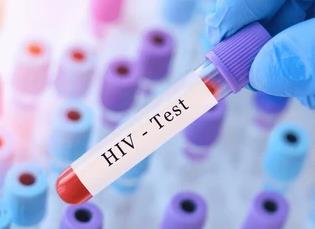During antiretroviral therapy, the persistent presence of HIV-1 may be due to its establishment of a long-lived virus library in quiescent immune cells. Recently, an article titled “TGF-β blockade drives a transitional effector phenotype in T cells reversing SIV latency and decreasing SIV reservoirs in vivo” was published in the international journal Nature Communications. In the research report, scientists from institutions such as Northwestern University in the United States used…
HIV
How HIV Capsid Enters the Nuclear Pore Barrier Pathway
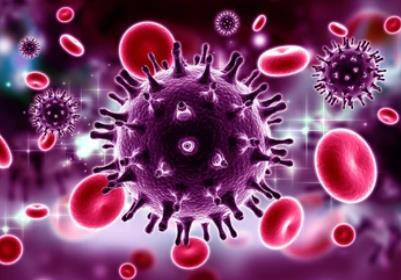
In a new study, Dr. David Jacques, a medical researcher at the University of New South Wales in Australia, and his team discovered how the human immunodeficiency virus (HIV) breaks through the nucleus to establish infection, a discovery that goes beyond the scope of HIV biology. The relevant research results were published online in the journal Nature, with the title “The HIV capsid mimics karyopherin engagement of FG-nucleoporins”. To…
The antiviral APOBEC3 protein actually promotes HIV to enter the latent state
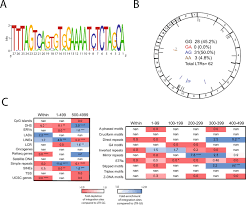
In a new study, researchers described a discovery that violated the rules of the game in this field. Their research results show that a host protein family, which has long been considered as a pure antiviral substance, sometimes helps latent HIV find a safe harbor in patients. Understanding HIV latency at the molecular level is crucial for efforts to eliminate the virus scourge that causes immune deficiency syndrome (AIDS,…
Progress in HIV Research in October 2018 (II)
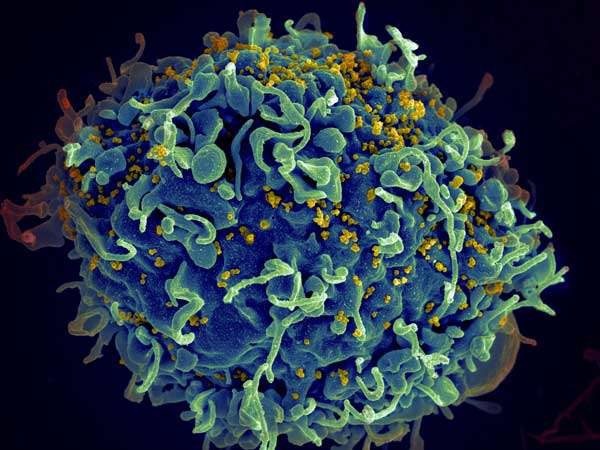
(…Continued) JCI: Infectious HIV is not present in liver macrophages of HIV-infected patients receiving treatment doi:10.1172/JCI121678 In a new study, researchers from Johns Hopkins University and Los Alamos National Laboratory determined whether liver macrophages are infectious HIV-1 virus pools after ART treatment. The real source of the liver tissue samples from nine HIV-1 infected individuals (7 of them were transplanted at Johns Hopkins Hospital). Eight of these nine…
Progress in HIV Research in October 2018 (I)
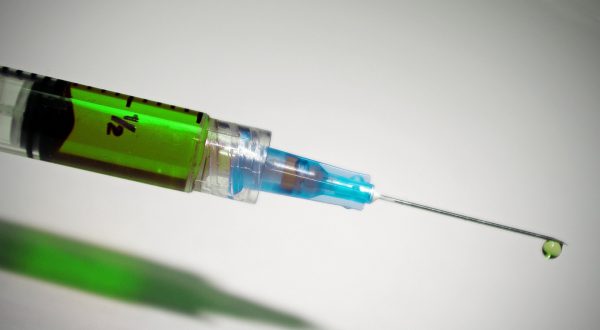
Human immunodeficiency virus (HIV), an AIDS (AIDS, acquired immunodeficiency syndrome) virus, is a virus that causes defects in the human immune system. In 1983, HIV was first discovered in the United States. It is a lentivirus that infects cells of the human immune system and is a type of retrovirus. By destroying the body’s T lymphocytes, HIV blocks cellular and humoral immune processes, causing the immune system to deficiency, and…
Immunity: Why Can’t HIV Be Cured? Scientists Find the Key Mechanism!
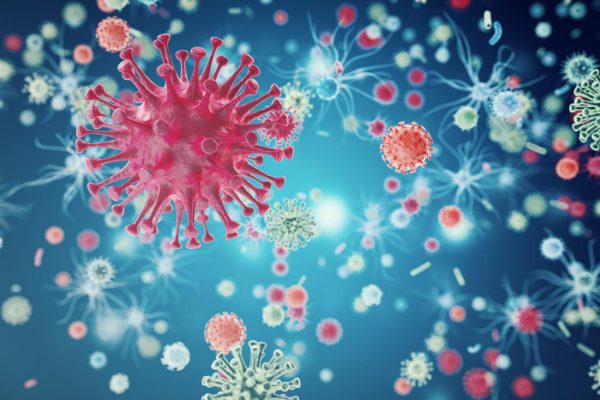
Due to the rapid development of antiretroviral therapy (ART), HIV patients can live longer than before. But even if it is a very effective long-term ART, the HIV virus remains stubbornly incurable, so patients need medication for life. Scientists have been convinced that this is because the HIV virus has created a stubborn virus-infected cell nest that allows HIV to survive indefinitely. A recent study done by researchers at Brigham…
Trispecific Antibodies Show Exceptional Potency Against Diverse HIV Viruses
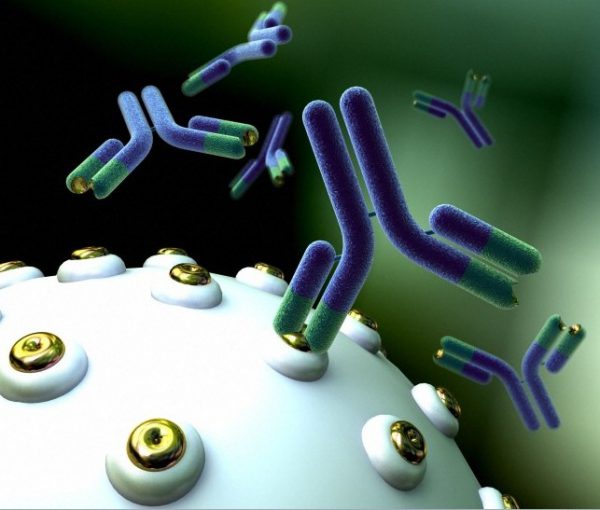
According to the World Health Organization (WHO) statistics, in 2016, a total of about 36 million people suffering from human immunodeficiency disease in the world. Faced such a dilemma, in the efforts of scientists’ study, it seems have a breakthrough. A study on human immunodeficiency virus (HIV) antibody was published in the September 20, 2017 of the journal Science, which is an important milestone in HIV research. Researchers create am…
